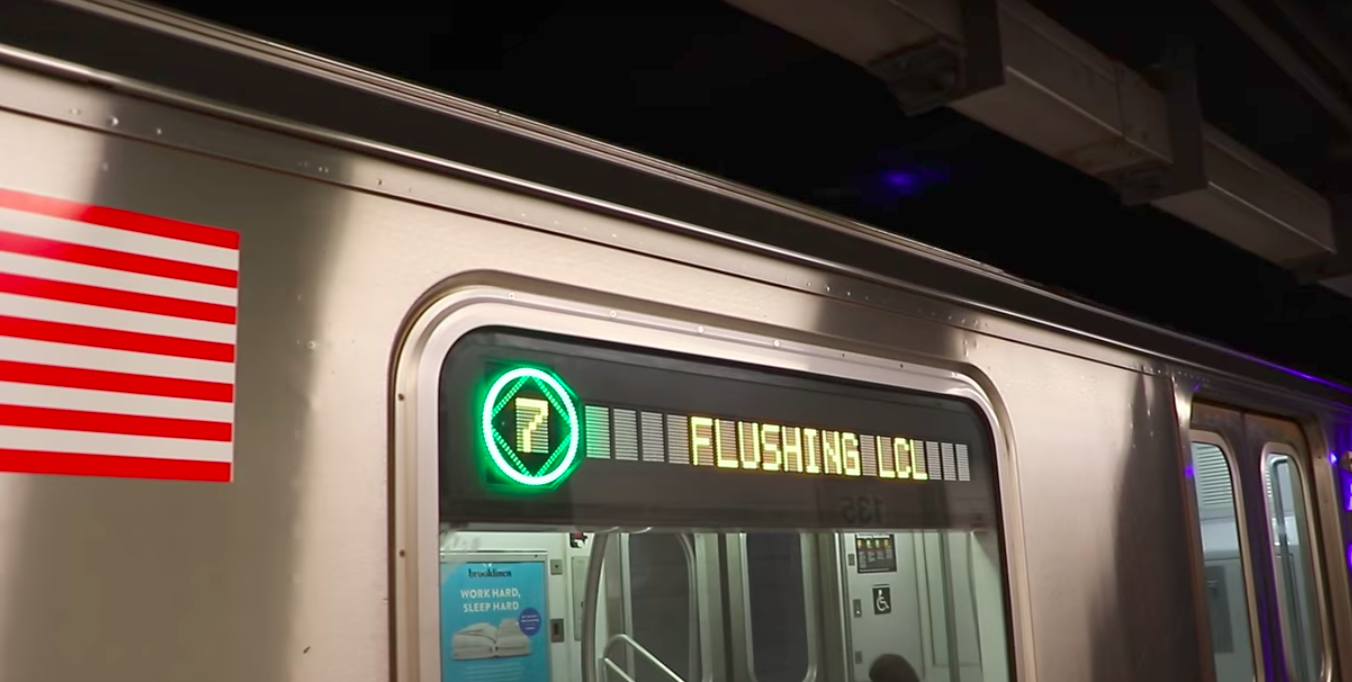How a Group of Engineers Hacked a 113-Year-Old Subway System’s Signs

Credit to Author: Ankita Rao| Date: Thu, 03 Aug 2017 14:09:25 +0000
For those of us living in New York City, taking the train this summer has been, let’s just say, an interesting experience. Amid delays, 100-degree train cars, and weekend construction, New York’s Gov. Andrew Cuomo even announced a state of emergency for the Metropolitan Transit Authority (MTA) in June, and pumped an extra $1 billion into the problem.
While I’m one of the New Yorkers who has spent the last few months fixating on the 400-mile system’s woes, it’s easy to forget some of the fascinating advancements that have happened within an often bureaucratic, but massively successful institution that had a ridership of 1.7 billion people last year. Public transportation systems across the world can be the reason cities across the world grow and thrive, but are often vulnerable to big hiccups.
So I jumped at the chance to find out more about a new, cost-effective and energy-saving system designed to fix an integral part of our daily lives here: subway signs.
The signage on the side of each train in New York—called side destination signs—depicts the direction of the train, the number of the train line, and whether it is making local or express stops. For years, these signs have been clunky, running on LCD displays with fluorescent bulbs that light them from the back. The software used to change them was part of an older system, too.
When the MTA announced a new set of trains hitting the tracks last year, it was clear this old system of providing train signs wouldn’t work anymore. Hiring an outside contractor, as the MTA often does, would cost millions. For example, the MTA proposed a $14.2 million budget in 2017 for electronic display signs and USB charging stations.
Francis Fiorillo is the senior director of Emerging Technologies at the MTA. He leads a team that is tasked with building software and programs that could help bring the 113-year-old system into the 21st century. When they heard about the new trains, they got to work.
“We noticed the signs were more difficult to repair,” he told me on the phone. The parts used to fix the signs on the older trains were often hard to find, he said, and still used light bulbs that consumed lots of energy.
Fiorillo’s team, which included an intern, started to tinker with the new signs last summer. They used the existing housing of the sign and employed an LED matrix to display the route, as well as whether the train was running local or express. The team created their own custom circuit boards to connect and support the lighted signs.
The new signs, Fiorillo said, are four pounds lighter. The messages and words on the panels can be changed easily, and the LED lights use much less power than the previous LCD ones. As a proponent of open-sourced programs, Fiorillo is also proud that the program runs on Linux, an open-source software which he prefers because it is free and doesn’t have the same privacy issues as other operating systems.
“We did everything—we designed it, we developed it, and we can maintain it using open source systems,” he said.
Right now the signs are being tested on two trains along the 7 line, which runs from Manhattan to Queens. Some train buffs on YouTube have noticed the significantly sleeker designs of the lighted signs and posted videos.
While Fiorillo couldn’t tell me how much his team’s work will cost the MTA to implement after the testing phase, he said building it in-house would easily save millions of taxpayer dollars. He said it could take a year for the MTA to allocate a budget and have these signs installed across the subway’s thousands of train cars.
“This was something we always do here,” he said. “We do work on projects that enhance the public’s experience.”
For those of us dealing with subpar public transport on a regular basis, any sign of innovation in the century-old systems come as a relief.
Get six of our favorite Motherboard stories every day by signing up for our newsletter.